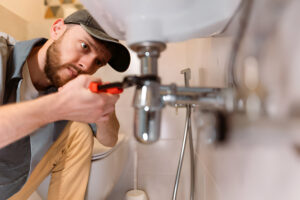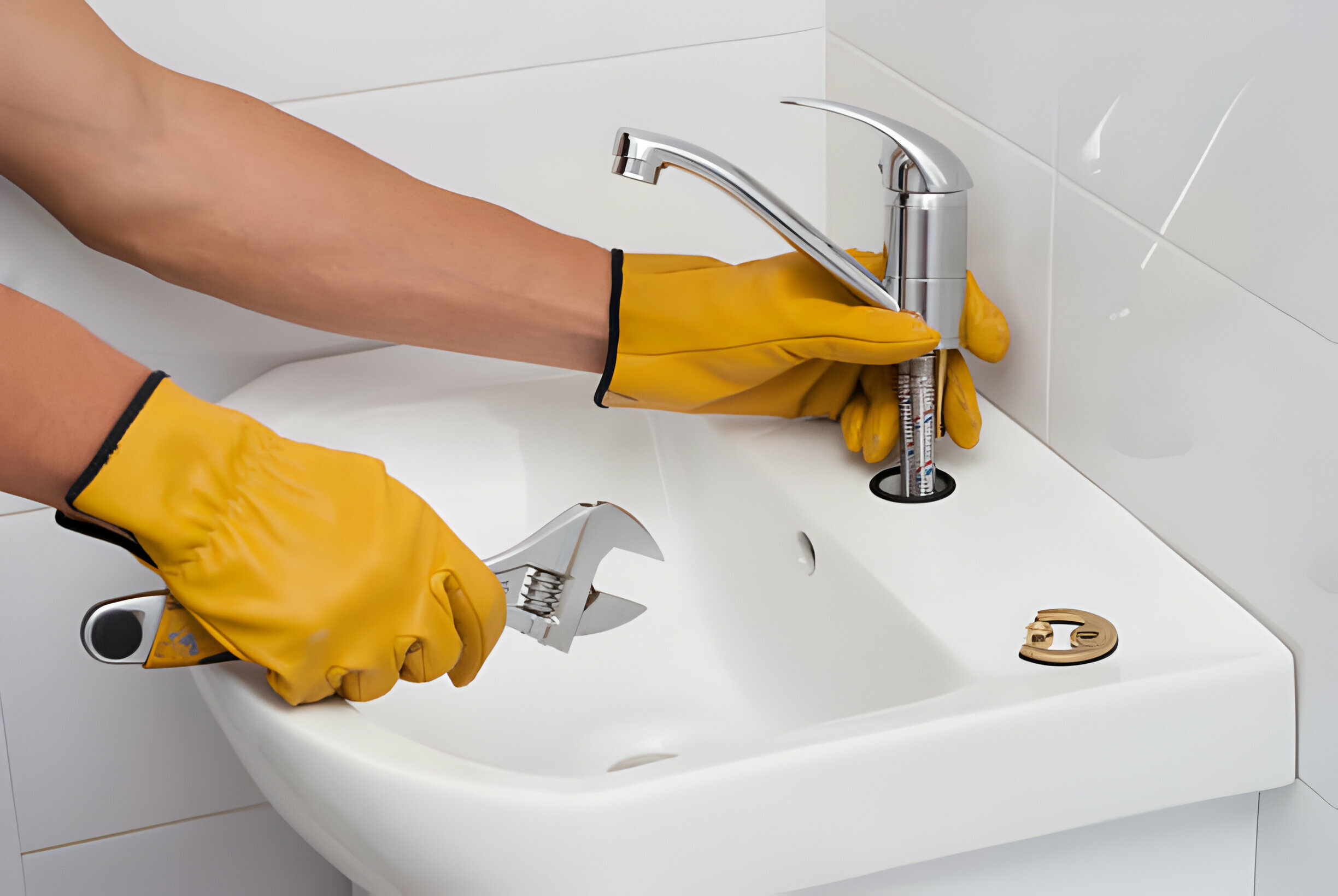Definition of Plumbing Fittings Family
When we talk about a plumbing fittings family, we refer to a set of interconnected fittings designed to work harmoniously within a plumbing system. These fittings play a vital role in ensuring that water flows efficiently, and drainage is seamless.
Importance of Proper Plumbing Fittings
The significance of using the right plumbing fittings cannot be overstated. Proper fittings not only prevent leaks and corrosion but also contribute to the overall efficiency of the plumbing system.
A. Types of Plumbers Fittings
1. Common Types
There are various types of plumbing fittings, including elbows, tees, couplings, and valves. Each serves a specific purpose in directing or controlling the flow of water.
2. Specialized Fittings
In addition to standard fittings, specialized ones like compression fittings and flare fittings cater to specific plumbing needs, providing versatility in system design.
B. Materials Used in Plumbing Fittings
1. Metal Fittings
Metal fittings, such as copper and brass, are durable and resistant to corrosion. They are commonly used for both residential and commercial plumbers.
2. Plastic Fittings
Plastic fittings, like PVC and PEX, offer affordability and flexibility. They are ideal for DIY projects and are resistant to corrosion.
III. Importance of Family in Plumbing Fittings
A. Compatibility and Consistency
A plumbing fittings family ensures that all components are compatible and consistent in design. This compatibility minimizes the risk of leaks and system failures.
B. Benefits of Using a Plumbing Fittings Family
The benefits extend beyond compatibility, including easier installation, reduced maintenance issues, and a streamlined appearance of the plumbers system.
Selecting the Right Plumbing Fittings Family
A. Assessing Plumbing Needs
Understanding the specific requirements of your plumbers system is crucial in selecting the right fittings family. Factors like water pressure, pipe diameter, and intended use play a role in this assessment.
B. Considering Material Compatibility
Choosing fittings made of materials compatible with your plumbing pipes is essential for long-term reliability. Mismatched materials can lead to corrosion and other issues.
C. Cost-Effectiveness
While quality should never be compromised, finding a cost-effective fittings family that meets your needs is a prudent approach. Balancing quality and budget ensures a well-functioning plumbers system without unnecessary expenses.
V. Installation Tips for Plumbing Fittings Family
A. Proper Measurement and Sizing
Accurate measurement and sizing of fittings are critical to prevent leaks and ensure optimal performance. Follow manufacturer guidelines and industry standards during installation.
B. Tightening and Sealing Techniques
Proper tightening and sealing techniques are vital for preventing leaks. Use the right tools and materials, such as thread seal tape, to ensure a secure and watertight connection.
C. Professional Installation vs. DIY
While DIY projects are popular, complex plumbing systems may require professional installation. Knowing when to seek professional help can save you from potential issues down the line.
Troubleshooting Common Issues
A. Leaks and Drips
Identifying and addressing leaks promptly is crucial to prevent water damage. Regular inspections and maintenance help catch and fix leaks before they escalate.
B. Corrosion and Rust
Corrosion can compromise the integrity of plumbers. Understanding the causes and implementing preventive measures, such as using corrosion-resistant materials, is key.
C. Blockages and Clogs
Regular cleaning and maintenance help prevent blockages and clogs. Know the signs of potential issues, such as slow drainage, and address them promptly.

Maintaining Your Plumbing Fittings Family
A. Regular Inspections
Routine inspections of your plumbing fittings family can identify potential issues before they become major problems. Look for signs of wear, corrosion, or loose connections.
B. Cleaning and Maintenance Practices
Implementing cleaning and maintenance practices, such as flushing the system and removing mineral deposits, can prolong the life of your plambing fittings.
C. When to Replace Fittings
Knowing when to replace fittings is crucial. If you notice persistent issues or signs of wear that cannot be addressed through repairs, it might be time for replacements.
Innovations in Plumbing Fittings
A. Smart Plumbing Technologies
The integration of smart technologies in plumbing fittings allows for remote monitoring and control. Smart valves, sensors, and leak detection systems enhance efficiency and reduce water waste.
B. Sustainable and Eco-Friendly Options
The industry is witnessing a shift towards sustainable materials and eco-friendly plumbing solutions. Fittings made from recycled materials and those designed for water conservation contribute to environmental responsibility.
The Future of Plumbing Fittings!
A. Emerging Trends
The future of plumbing fittings involves advancements like 3D-printed fittings and even more efficient smart technologies. Stay informed about emerging trends to keep your plumbing system up-to-date.
B. Technological Advancements
Continued technological advancements, such as self-repairing fittings and improved materials, will shape the future of plumbers. Embracing these innovations can lead to more efficient and sustainable plumbing solutions.
